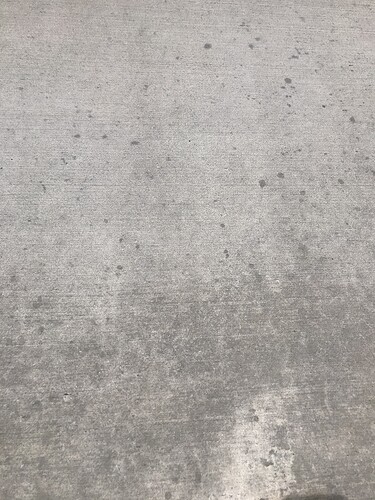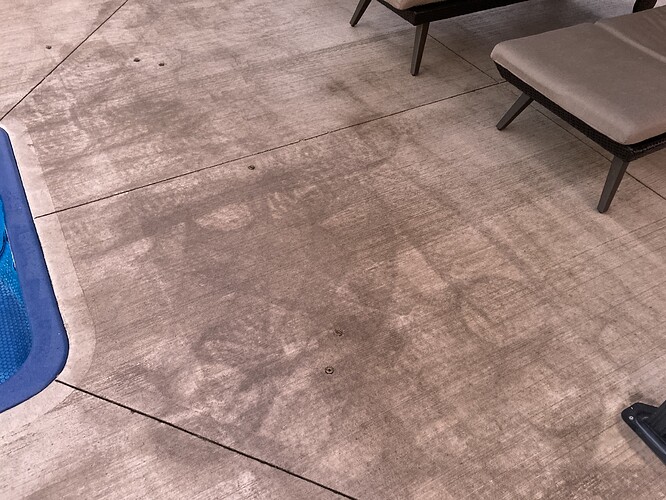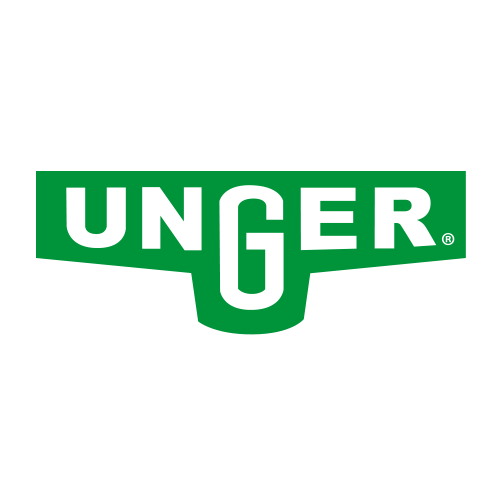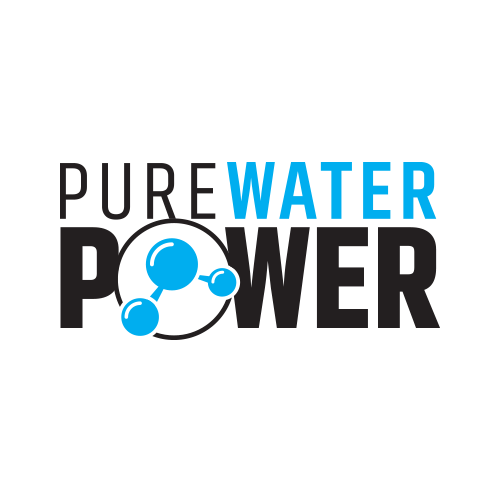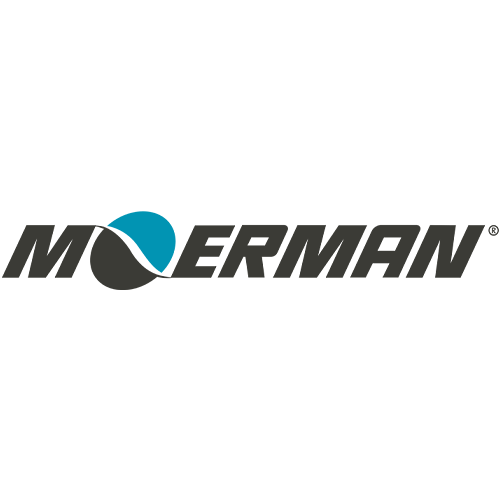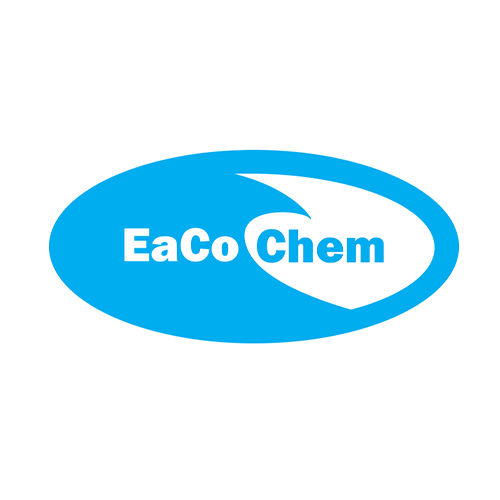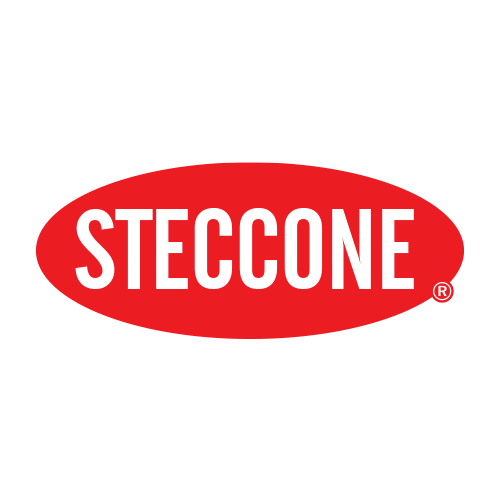Surfacing cleaning will always remove a slight bit of cream. I tell my customers who ask to have it done every year at least a year or two before doing it again. A 1/16 of an inch sounds like a lot.
That was a wild asterisk guess, you can still see the broom finish, so it isn’t like it tore it up, just the very top cream that made it whiter/whitish/light colored.
What I can do, if I am so inclined, is take some portland, some sand, and brush it again. That will make it white as white can be. The problem with it in my climate is the constant freeze thaw cycles will make it a yearly chore. If I lived in the southern district, I probably wouldn’t plow snow, use calcium chloride, or worry about salt and ash in my drive.
I’ll give that a try tomorrow, what else am I doing besides sitting on my duff. That SH drum is not going to be used until I get this all figured out. Next up, after the cold snap, is my house. I’m not concerned about decks, I figure I have most of that knowledge from painting, this forum, and the classes I took.
Thanks for taking the time to help me out. I appreciate it.
No nothing about concrete and pressure washing but came across this forum looking for answers to a concrete sealing and power washing nightmare. When I don’t know much, I hire someone who does.
Had a 13 month old concrete pool deck sealed. Guy used a surface cleaner and pressure washer to prepare surface. Came back two days later to apply solvent sealer. Results were a disaster. Said he follows the same process and has never seen this happen before. Had done hundreds of sealing jobs. He’s looking for best alternatives to fix. Pictures demonstrate the nightmare fully.
Now looking at possible solutions. Any ideas?
At 13 months old that concrete was most likely too new and he took the cream off the top of the surface… theres only so many options and they’re all expensive. You can get a company out there to try and resurface the top but it wouldnt be perfect or you can break up the slab and pour again. They’re may be some more options others have said but that’s about it, that concrete isnt going to be fixed easy.
Looks like he used a cheap Lowes surface cleaner and a high pressure machine. I wouldn’t touch that less than two years old and then only about 1800psi nozzles.
And I’m fairly new at this!
Only way your going to fix that is by using muriatic acid to etch the cement to hide the marks already etched into it. Then apply a sealer. Your other option is to get one of those 12-24" cement grinders that you push pull. Grind everything smooth and apply a sealer. This was for dan sullivan.
Your cheapest DIY will be the cenent grinder. You can rent them fairly cheap and the grinder pads are probably $40-50 or so for the set. 1 set should last for the whole slab. You need a 220V connection typically for them.
He has not done 100’s of sealing jobs… based off how he cleans
Thanks for taking the time to give some advice. Sounds like it’s as big of a nightmare as I thought.
He did use a premium commercial grade solvent based sealer. Definitely too much pressure used with surface cleaner on a younger concrete surface seems to be the root of the issue…
He had no idea what he was doing. As already mentioned you can’t use high pressure on newer concrete and that’s what damaged it. He’s responsible for that. I wouldn’t expect anything less than him paying for a new pool deck. That’s what I would do for my customer if it wasn’t able to be fixed to perfection.
If you want to give him a chance to fix it I would have him follow @PennyDrills advice. Muriatic acid to try and etch away and blend it. You’re concrete will be more porous on top though because it will actually eat away the surface a little. It might be a little more difficult with the sealer already on there though. If not, a concrete grinder to smooth things out but it’s still going to change the look of it. They have some really neat slip resistant coatings you can put down. There are all kinds of designs. That could be another option. I’m sure it’s not cheap but probably cheaper than getting it torn out and poured again.
Keep us posted. Will be interesting to see how this plays out and if he does the right thing.
Where are you located?
I’m in Canada. (St Catharines)
When you say slip resistant coatings, are you talking about some of the rubberized products out there.
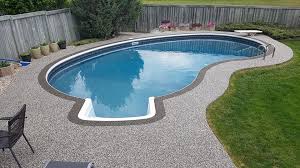
I would just have him pay to have Kool Deck or a coating similar put down.
This was the message I got from the person who did the job:
There’s 3 options I can think of. Xylene to remove the sealer, acid wash to etch the concrete which will remove any marks in the concrete, or a concrete resurfacing. Not sure what is the best option so I will do some research. I’ll get back to you soon.
I’ll look up the Kool Deck product. Thank you.
Yeah, might as well put the Kool Deck on it. Or whatever that grippy paint stuff is I see so much of.
Not sure I would listen to anything the idiot who did that would say. That would show up immediately if you were cleaning it, but he kept going.
Was this guy drunk or on quaaludes while doing this?
Latest correspondence from the guy who did the job: (I did correct him- the concrete is a year old not two).
Just waiting to hear back from
Some concrete people,
Contacted a couple sealer supply places to see what they say.
Muriatic acid would work to etch and remove any marks. Power washing would remove the top layer of sealer and hopefully make the unevenness less noticeable, over time the sealer will wear off and become less noticeable anyways.
I wouldn’t be grinding down the concrete you’ll lose the brush marks and roughness. Really it’s ultimately what you’re looking to get out of the concrete and when because the sealer will eventually wear out. if you still want it to be sealed then have it power washed, acids etched in the marked areas and left as it.
If you want to completely remove the sealer, xylene and power washing would be needed.
In regards to the post about new concrete, yours was poured two years ago which is plenty of time for it to harden so I still can’t see why even my surface cleaner was leaving marks. I used my 3200 pressure washer with 50ft of hose which drops it to around 3000psi, plus I turned the psi adjustment down and once it passes through the surface cleaner it bringing it down to around 2300 psi or less. The reason for a surface cleaner is to 1. Speed of the process and 2. Create and even clean, Ive never had it leave swirl marks before even at full power with my 4000psi washer.
I’ll keep you updated as I’m going to reach out to other sealing companies as well even in the Toronto area as there aren’t many companies out this way.
